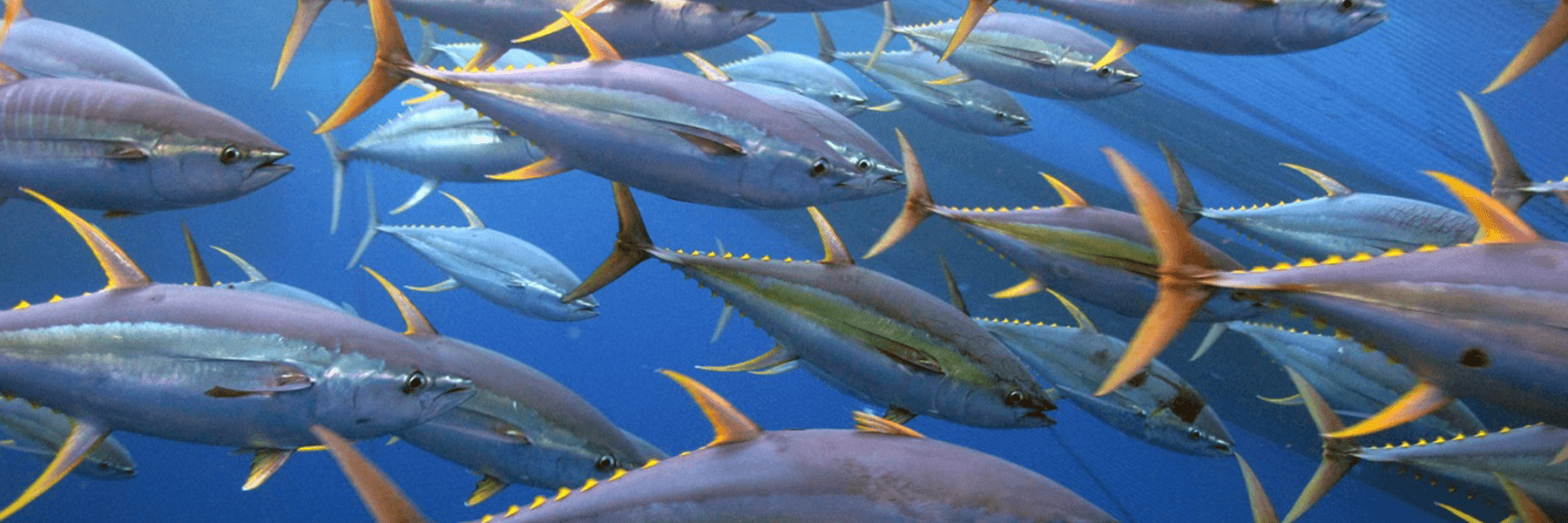Researchers introduce "thermal displacement" as a new way to measure marine heatwaves

Marine heatwaves can dramatically alter ocean ecosystems, with profound ecological and economic impacts. Recently, studies have focused mainly on the magnitude and persistence of warmer-than-normal sea surface temperatures for a given location. But marine heatwaves also shift ocean temperatures spatially, and many marine species are capable of moving to track these temperature shifts. In a new study to be published in Nature, NOAA (PSL and SWFSC) and university scientists introduce “thermal displacement” as a new way to measure marine heatwaves that characterizes spatial shifts in sea surface temperature over approximately the past 40 years. The authors also describe what drives thermal displacement variability in space and time, how it relates to notable recent marine heatwaves, and how it may change under future ocean warming.
The researchers found that thermal displacements are highly variable in space and time, ranging from tens to thousands of kilometers across the world’s oceans. The thermal displacement in a given location is strongly dependent on the sea surface temperature gradient, the rate at which temperature changes when moving away from that location. Marine heatwave intensity and thermal displacement do not align in space. In other words, regions with intense marine heatwaves can have relatively small thermal displacements, and areas with relatively weak marine heatwaves can experience large spatial shifts. In many cases the marine heatwave-driven thermal displacements, which typically occur on timescales of one month to one year, are of comparable magnitude to century-scale shifts driven by long-term warming trends.
These results expand understanding of marine heatwaves and their potential impacts on marine species, revealing which regions are most susceptible to thermal displacement and how those shifts may change under projected ocean warming. They also highlight the need for marine resource management to account for marine heatwave-driven spatial shifts, which are of comparable scale to those associated with long-term climate change and are happening now.
Learn More:
- Ocean Heatwaves Dramatically Shift Habitats; @NOAA Fisheries
- Metric for marine heatwaves suggests how these events displace ocean life; @Nature.com
Authors of the Nature article "Thermal Displacement by Marine Heatwaves" are Michael Jacox, Michael Alexander, Steven Bograd, and James Scott.
Posted: August 5, 2020